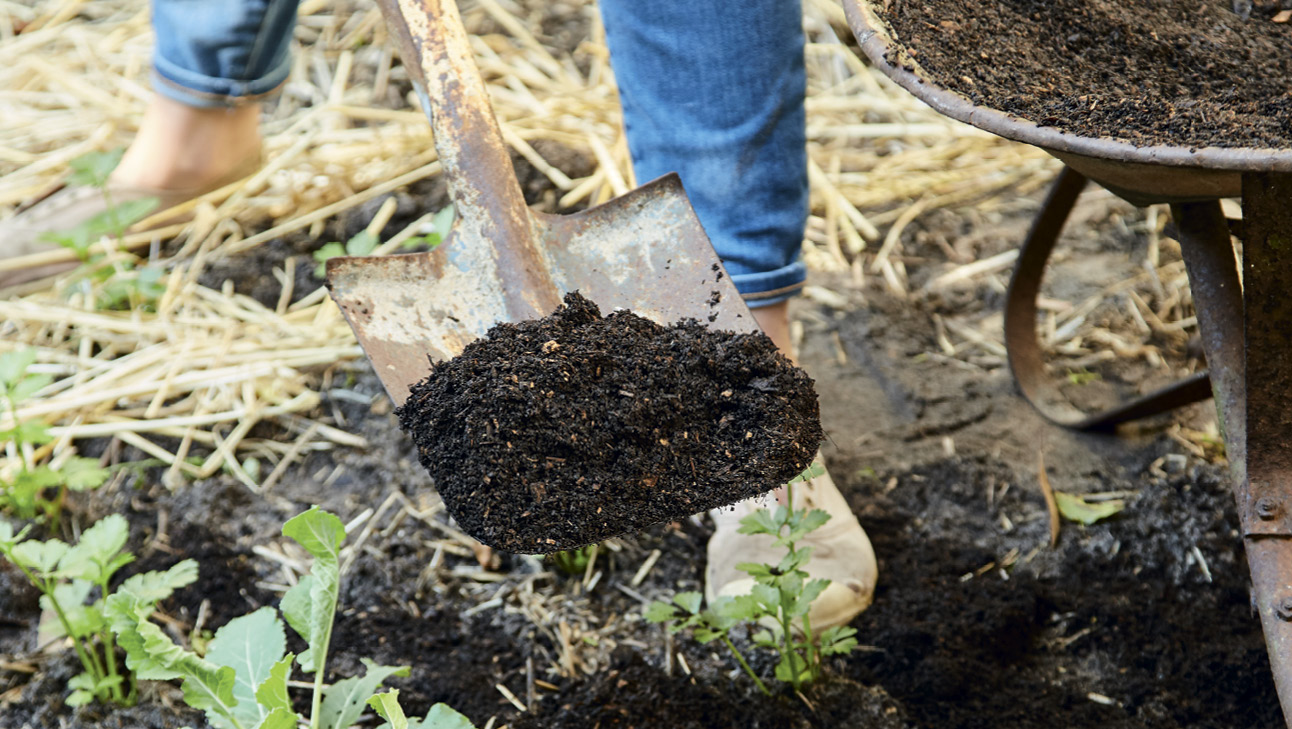Smart composting
2021-08-04T05:19:30+10:00
Jian Liu has discovered a few tricks for harnessing all the benefits of compost, with minimal effort.
While the worms get first pickings of our kitchen scraps, our three compost bins get the overflow. Being open at the bottom, compost bins may attract rodents – this is why we add most food scraps to our enclosed worm farms. What compost bins do excel at, however, is taking care of the large volume of prunings, leaves, lawn clippings and spent plants a garden generates.
If worm farms produce a concentrated fertiliser, then compost bins create the ‘bulk’ or the soil that plants need to grow in. Compost is the ultimate soil improver, and has worked wonders on our grey, sandy soil (and would do the same for clay), enabling us to create a densely-planted yet highly productive food forest.
There are so many different ways to make compost. Being a time-poor gardener, I have discovered a few tricks for harnessing all the benefits of compost, with minimal effort.
Composting tricks
Conventional wisdom recommends turning compost piles at least weekly to aerate them, reduce odours and speed up the composting process. While we all start with the best of intentions, I have yet to meet anyone who actually enjoys turning compost – it is heavy, smelly and a chore. The corkscrew style-compost aerators make the job a little easier than a garden fork, but they have a tendency to get stuck in shrubby material. Some compost tumblers are easy to turn, but some are more difficult (try them first if you can).
One of my time-saving cheats is to use twigs and branches to aerate your compost instead of back-breaking labour. Throughout the year, I collect small branches when pruning trees, and store them in a pile within arms reach of the compost bin. Before starting a new compost pile, I scatter branches at the bottom, and also incorporate them intermittently as I add scraps. The air pockets created by the branches will naturally oxygenate the pile. While you won’t get compost as quickly as regular turning of the pile, it’s the next best alternative. The twigs will take many goes through the compost before they break down, but can conveniently be reused in your next compost pile.
Having a pre-prepared bucket of brown materials right next to your compost bin will make it easy to achieve the optimal balance of greens to browns. We stockpile autumn leaves, plain cardboard, shredded newspaper and coffee husks – all sustainable and local sources of ‘waste’ – in our browns bucket. Each time you add green materials to the compost (for example, grass clippings or prunings), throw in a few handfuls of brown materials. This will help your compost break down faster and reduce pesky flies and odours.
Jian Liu article first appeared in in our August/September 2021 issue (OG 127). There’s a selection of back issues available here — you can also subscribe and get the most recent issues delivered to your door!
We also have more composting tips and tricks on our website, including Penny Woodward’s recipe for compost success.






